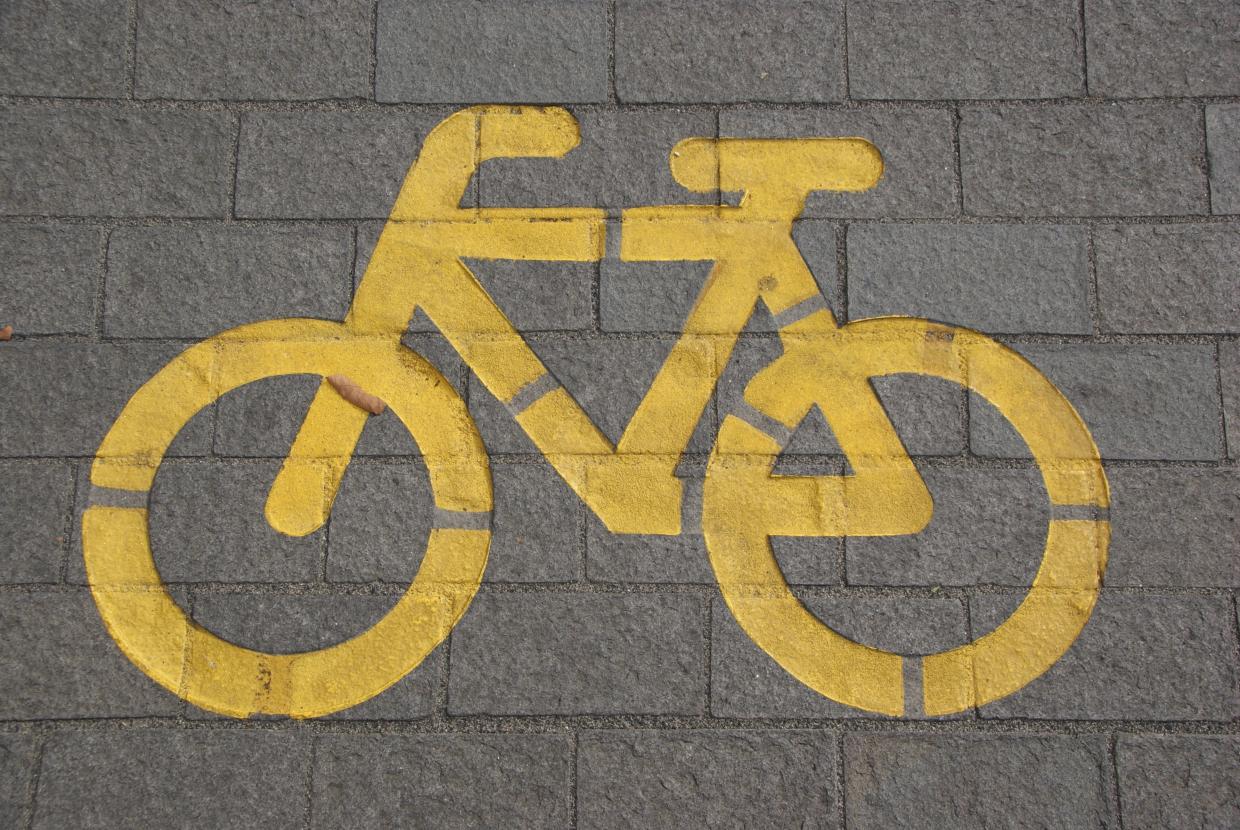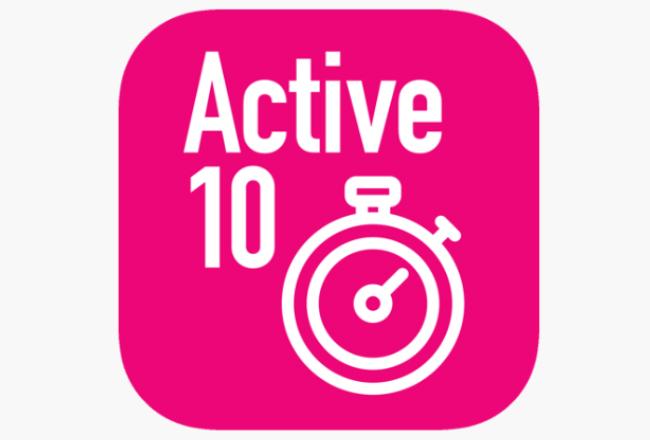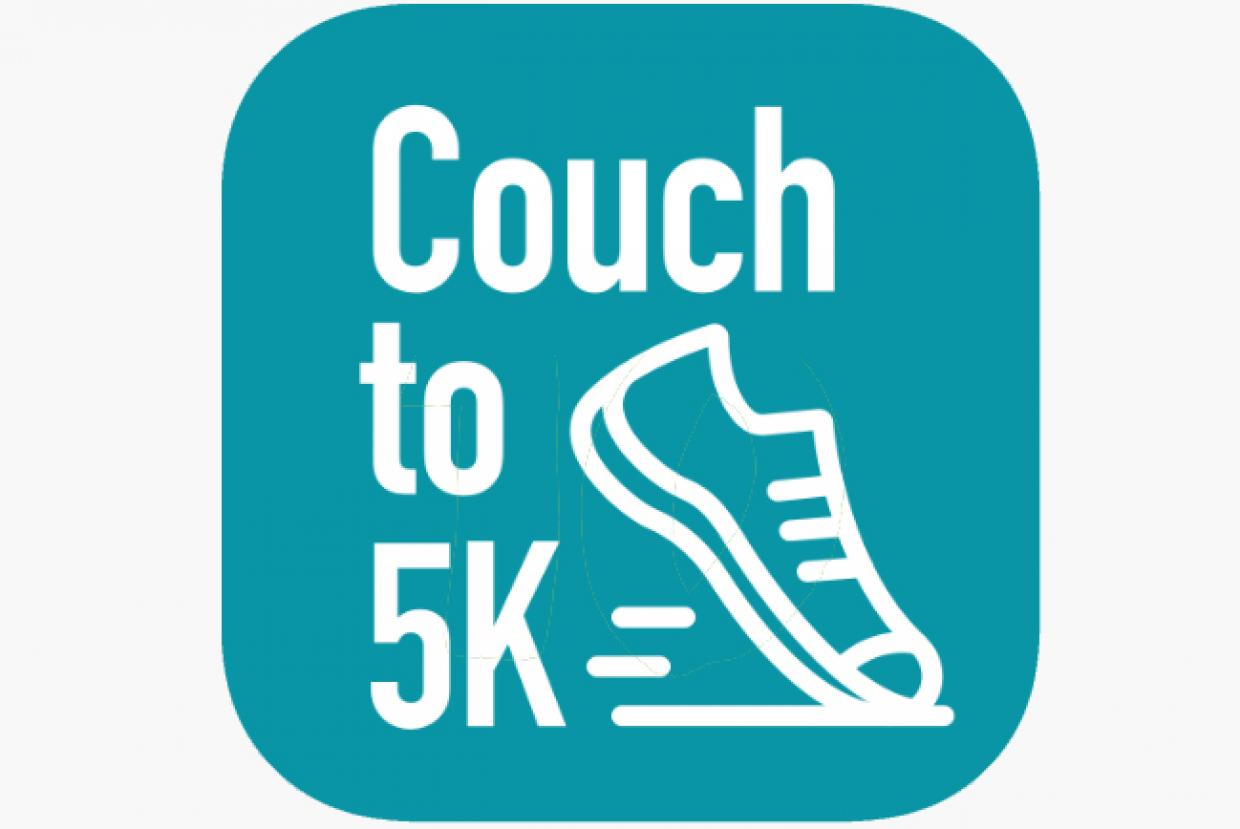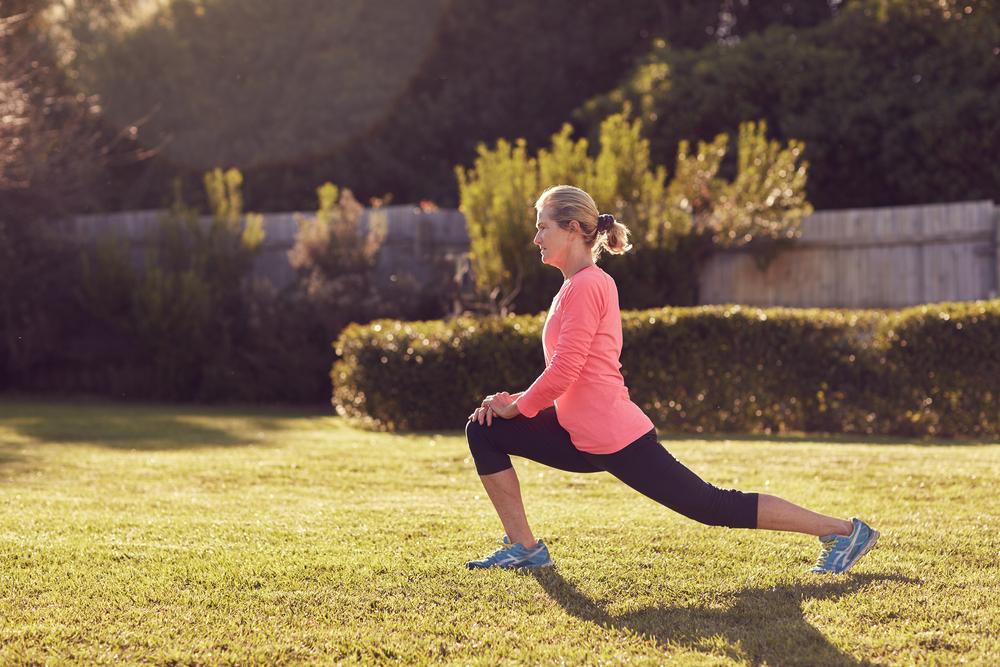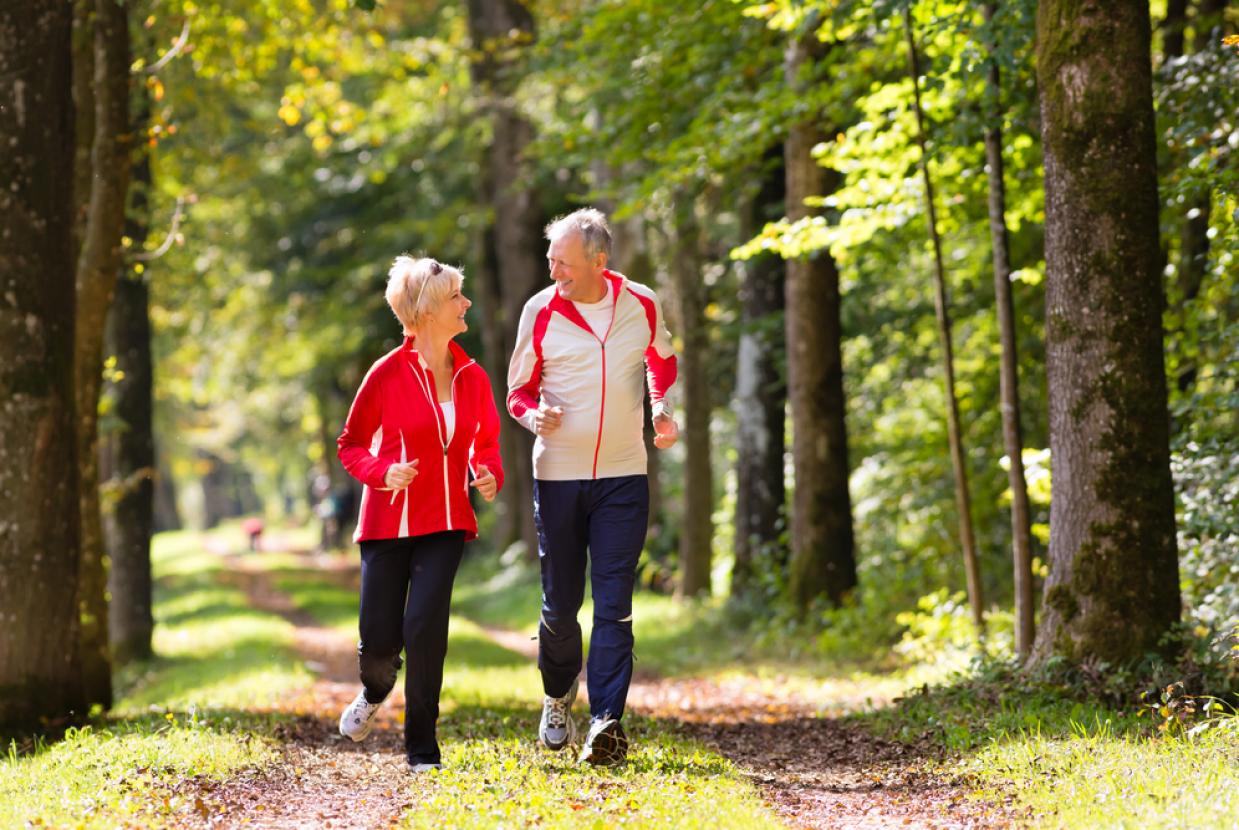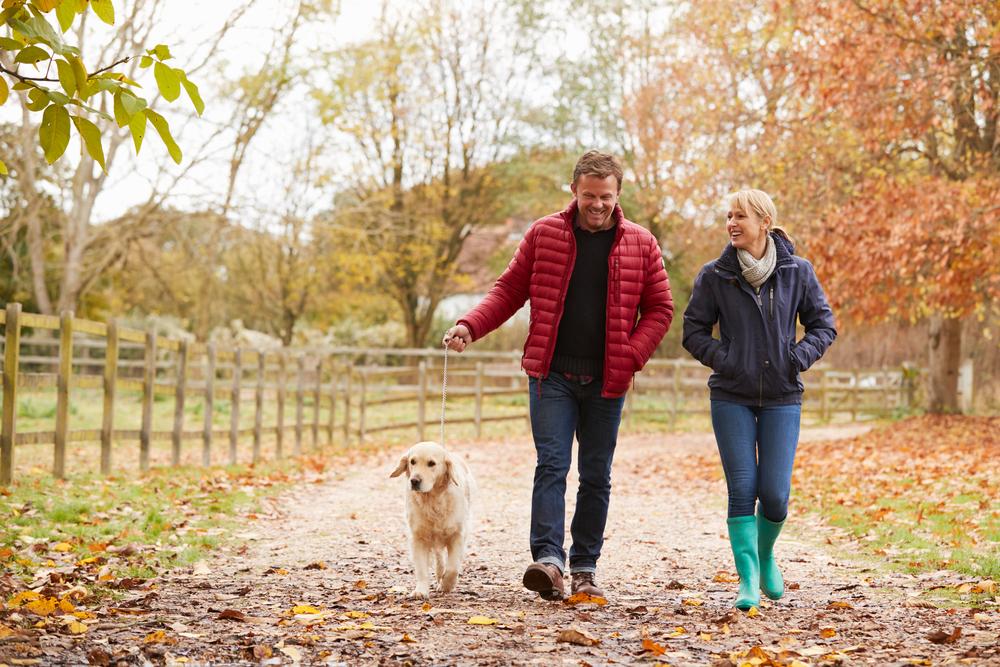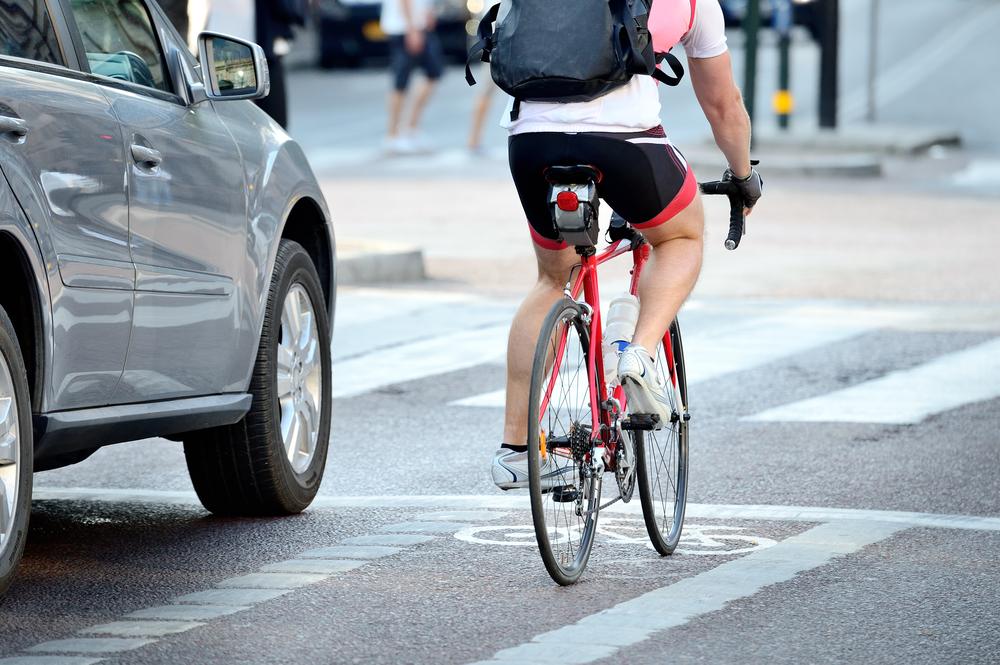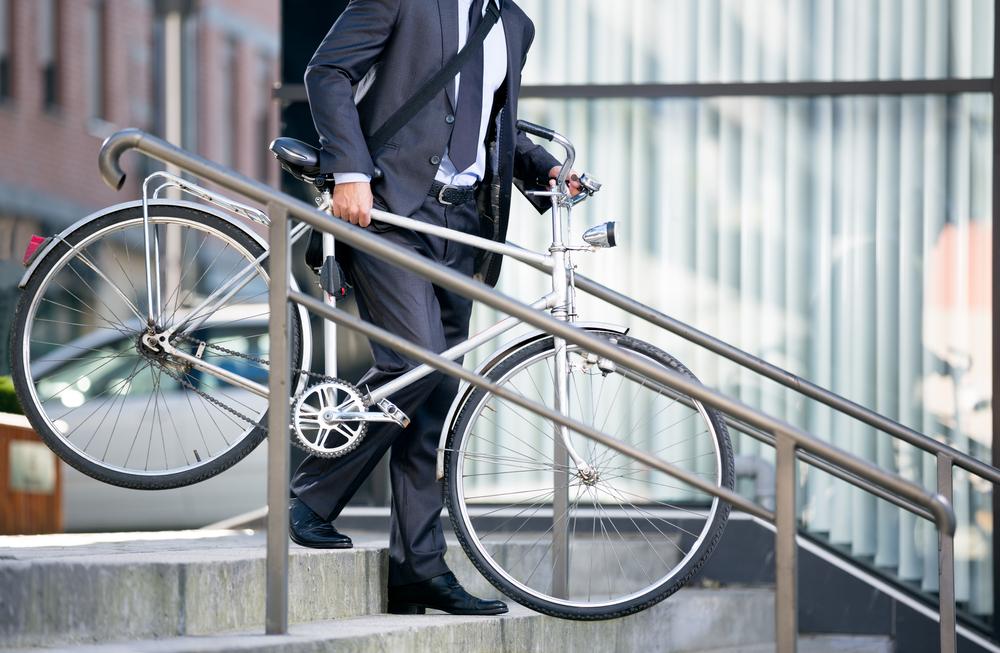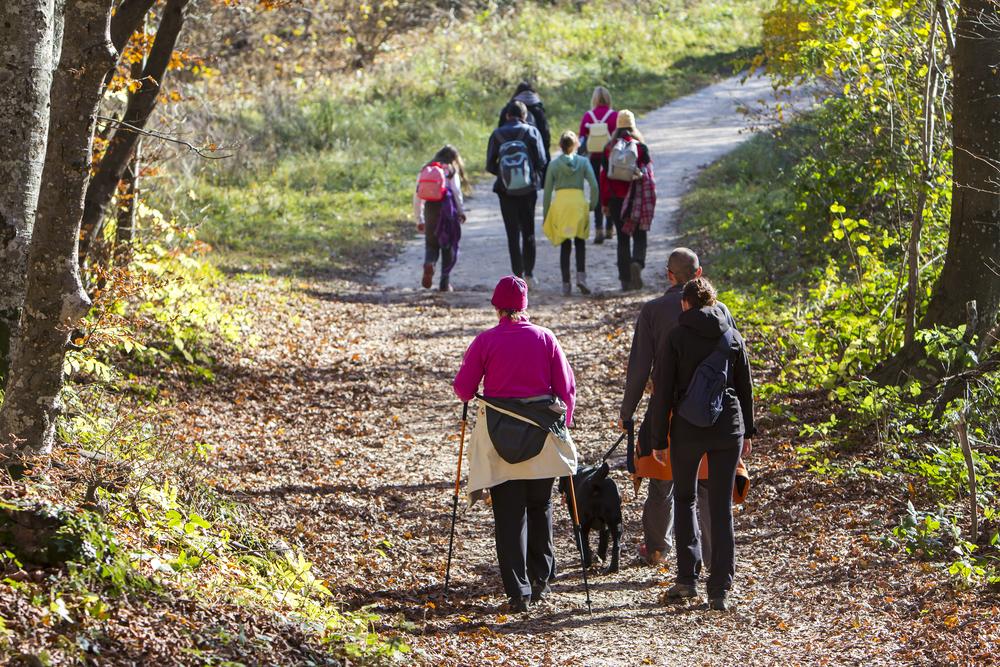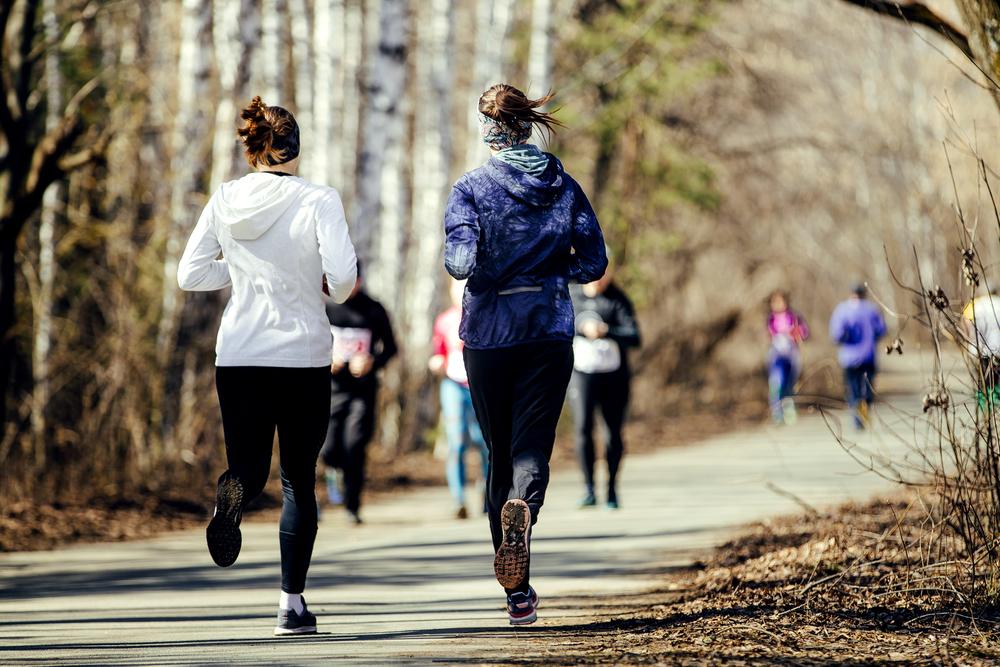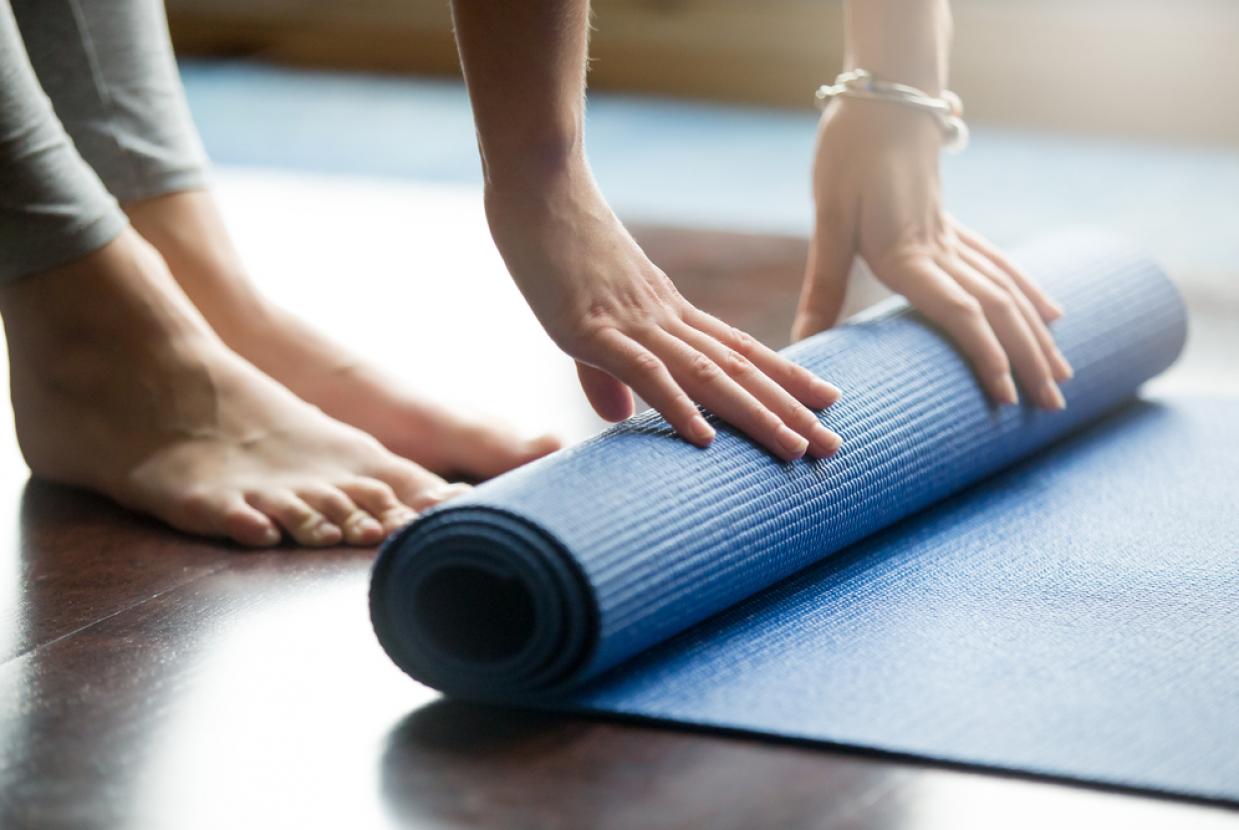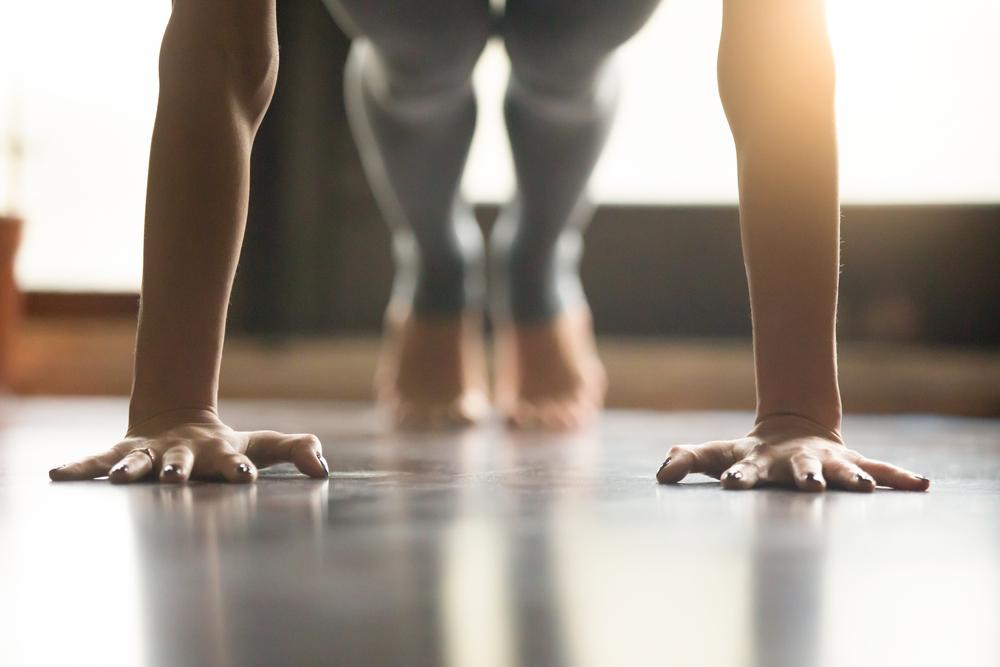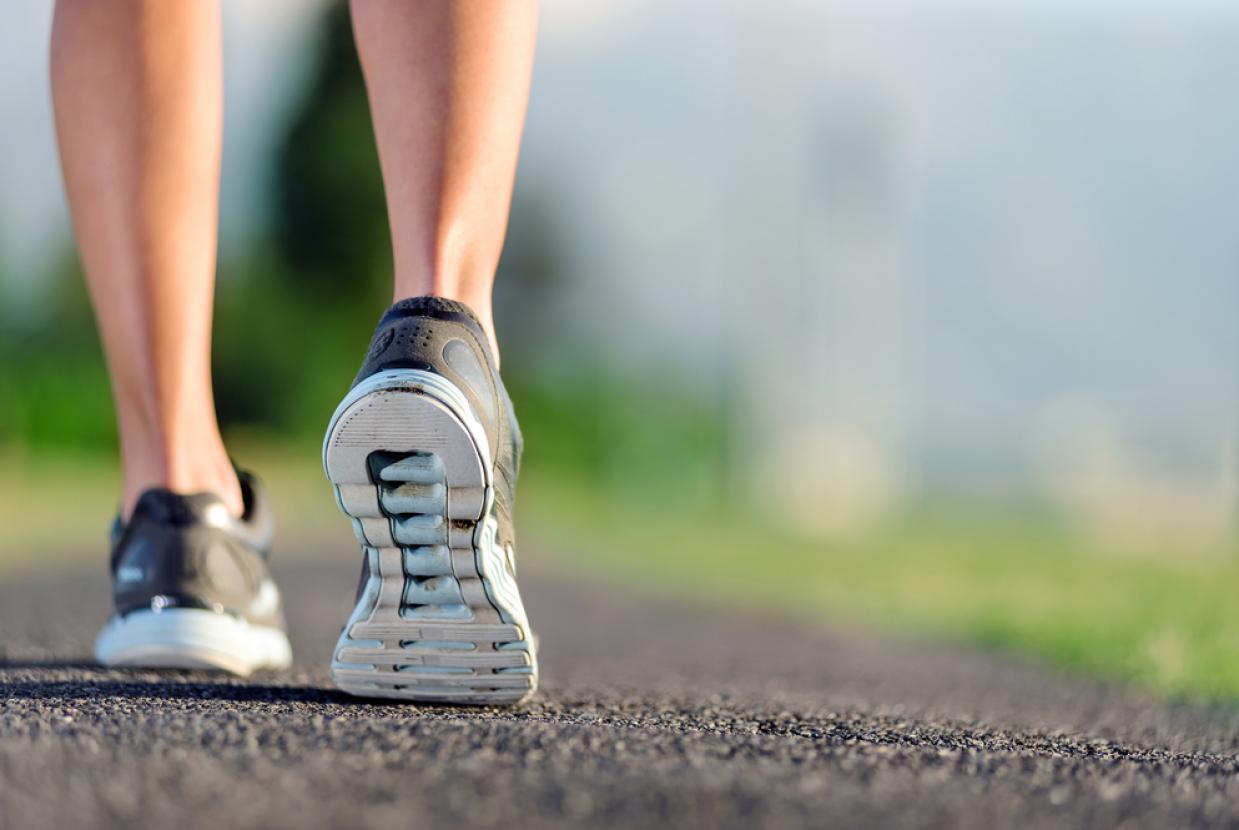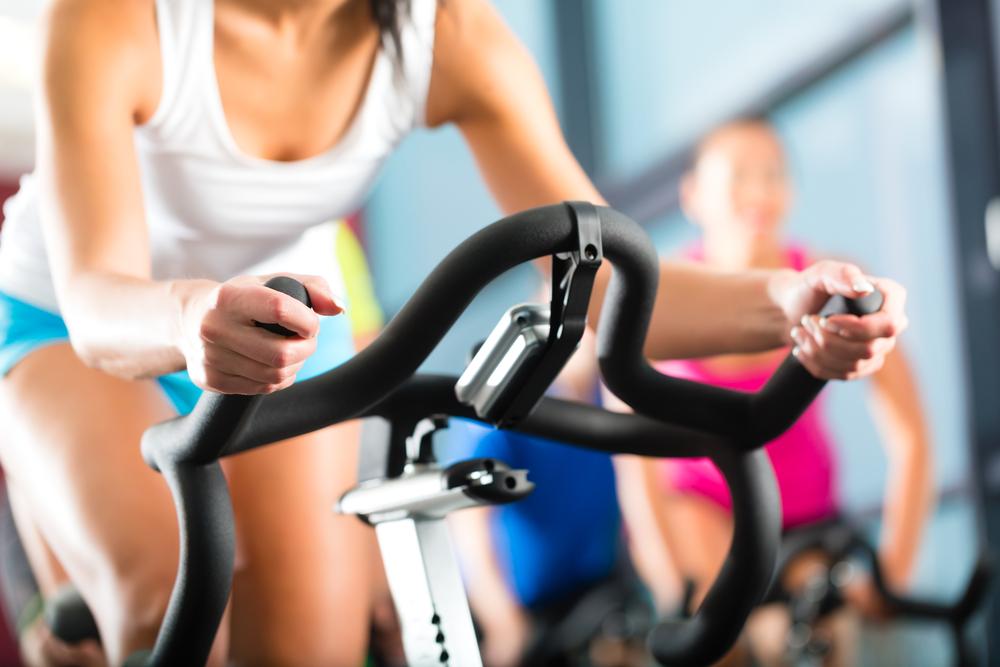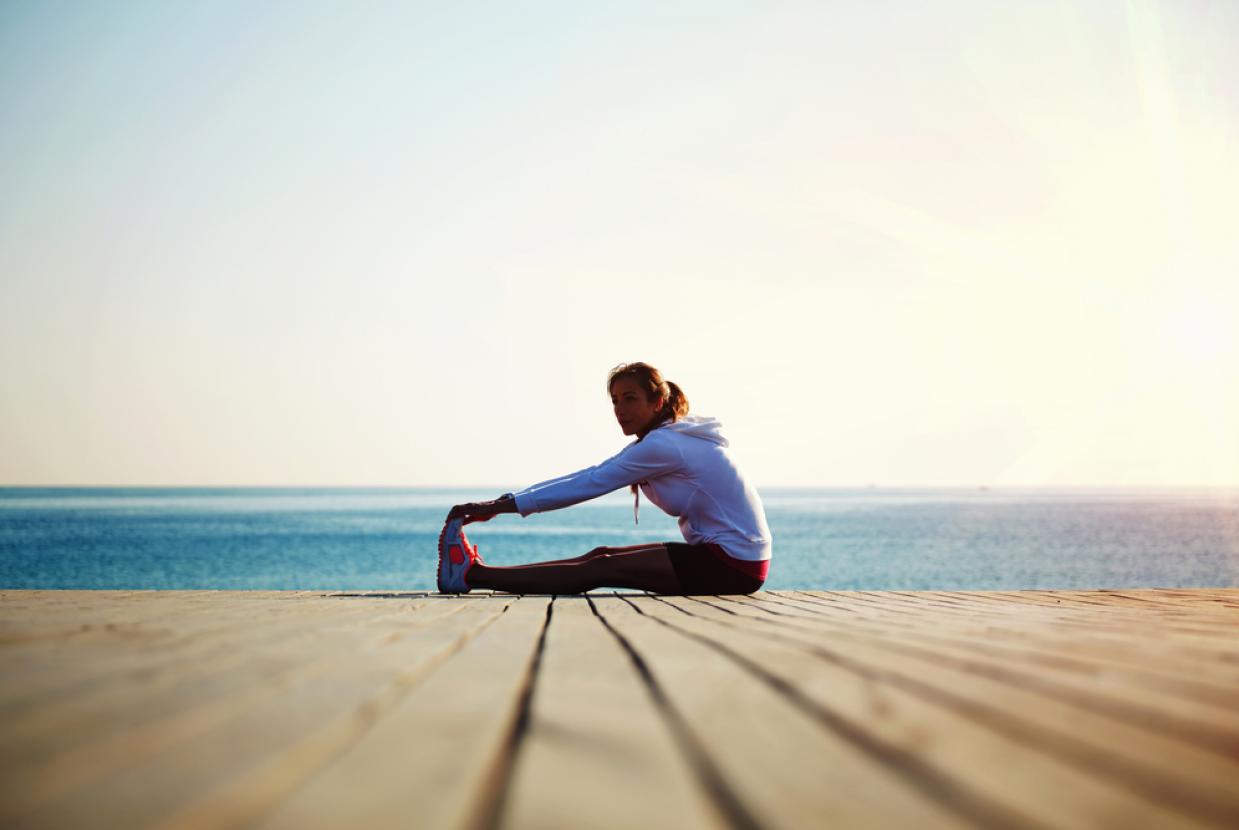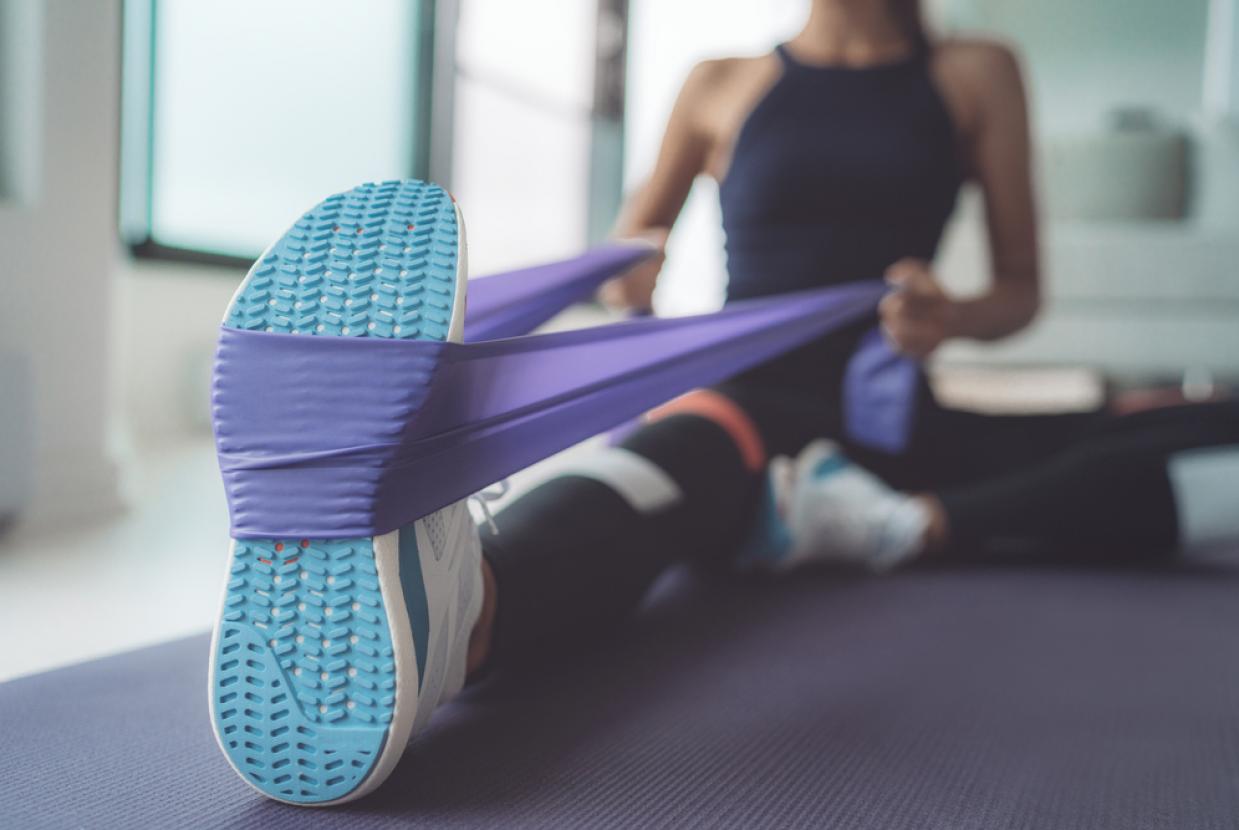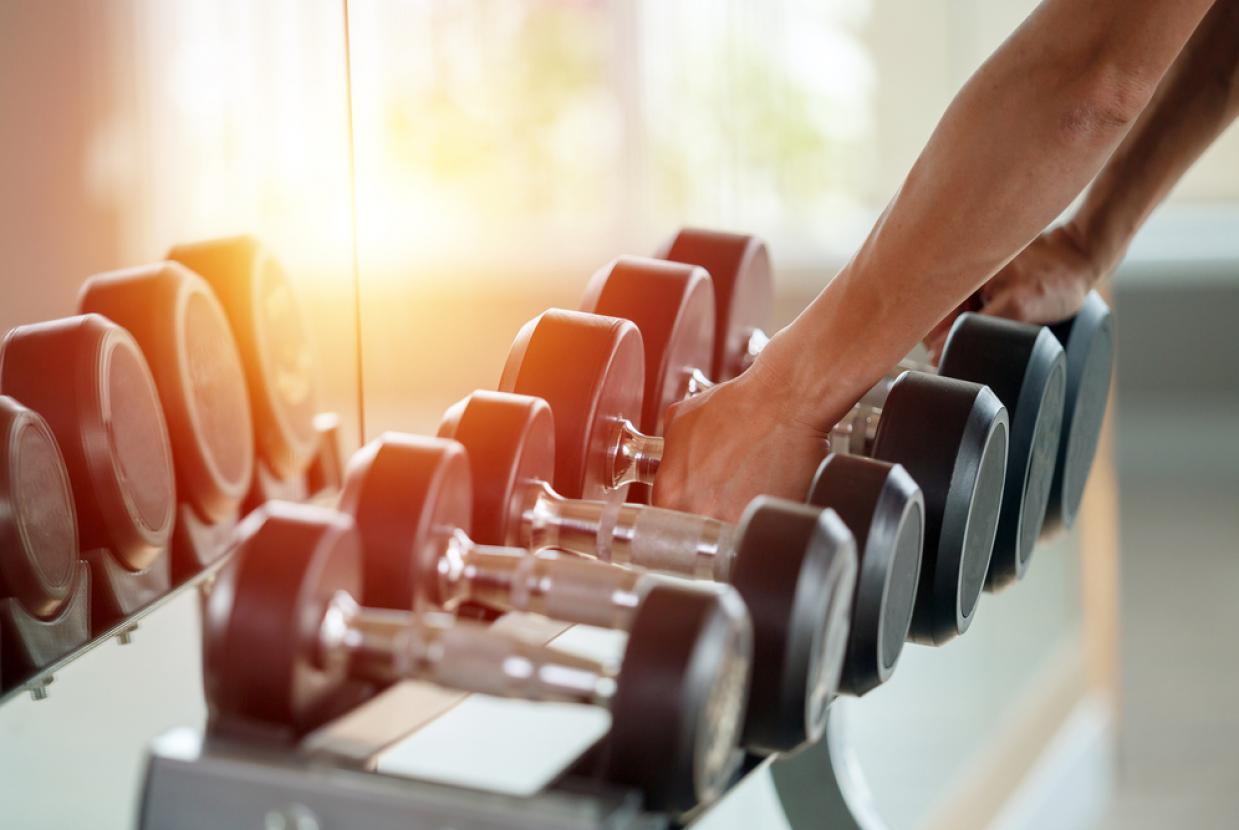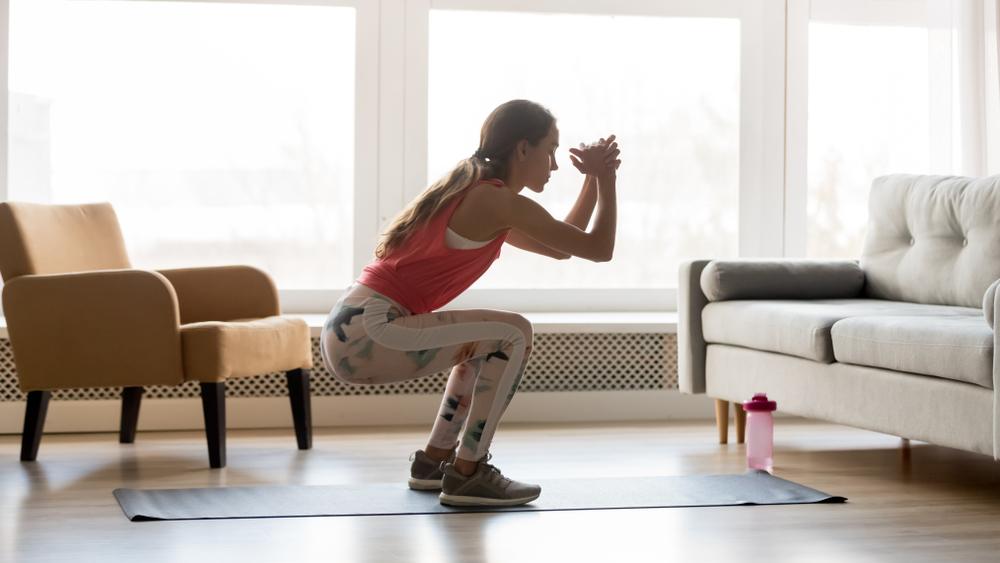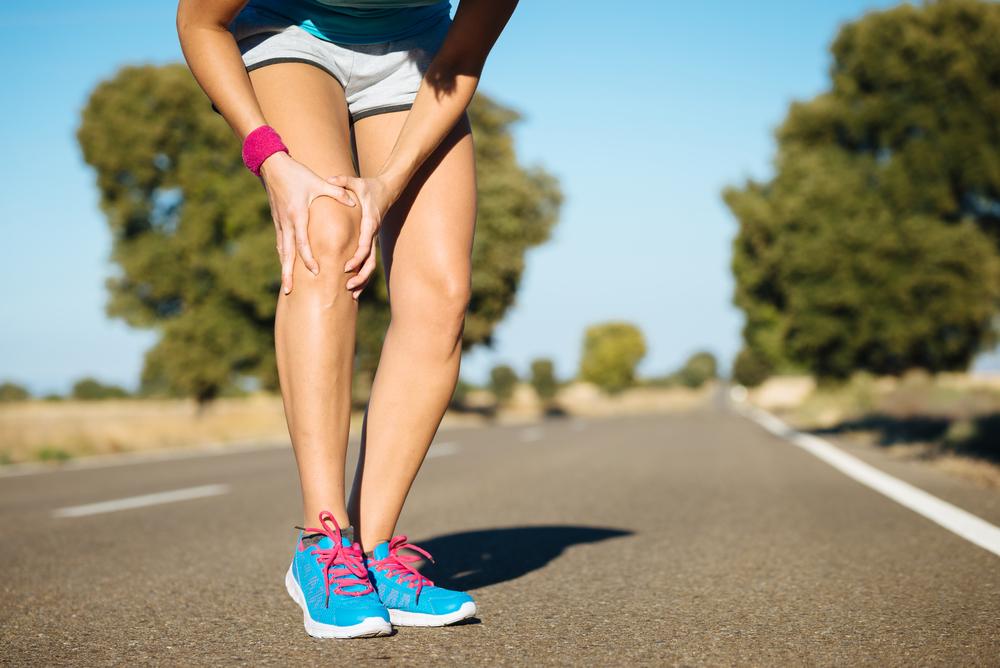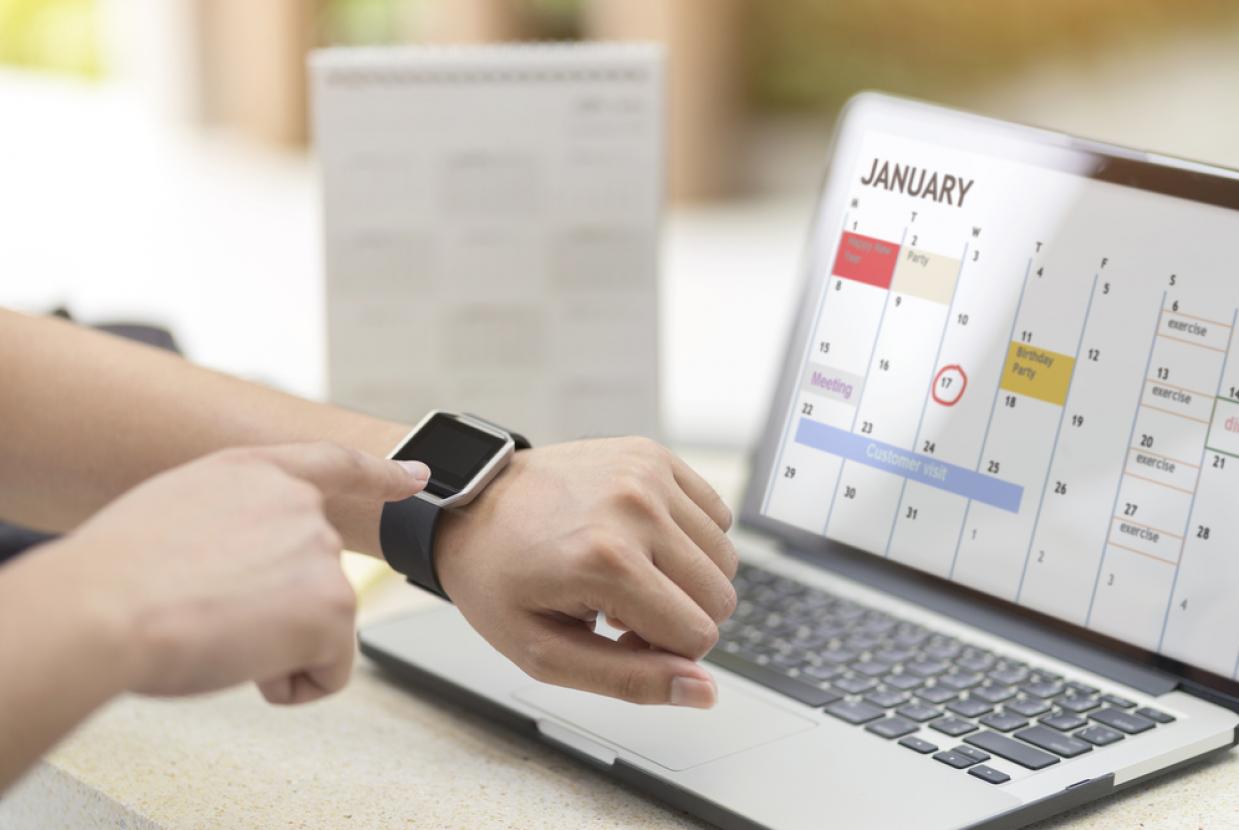Get Active Your Way
Get FitThere are many ways busy mums and dads, families, young people, office workers and older adults can build physical activity into their lives. Being physically active is easier than you think, especially if you make activity part of your daily routine.
The amount of activity you need to do each week depends on your age. Click on the links below to find out how much exercise you should be doing:
- Early childhood (under 5 years old)
- Children and young people (5 to 18 years old)
- Adults (19 to 64 years old)
- Older adults (65 and over)
For most of us, daily chores, such as shopping or housework, don't count towards your activity target. This is because your body doesn't work hard enough to get your heart rate up.
Fitness for busy mums and dads
- Set a time for physical activity and stick to it. You're more likely to find time to be active if you do it at the same time and on the same days each week.
- Split activity up throughout the day – you can achieve your target in bouts of 10 minutes or more. Try these 10-minute workouts.
- Walk your children to and from school. This will also help them develop a pattern of physical activity.
- Be active with your child. Take them to the swimming pool, or play in the garden or park. Get ideas on fun activities from Change4Life.
- Take up running – if you're just starting out, try our popular Couch to 5K running plan.
- Improve your strength and flexibility with Strength and Flex, a 5-week exercise workout plan.
- Join a child-friendly gym. Find a class or club that accepts children or offers childcare during a workout.
- Set up a buggy group with other parents and go on long walks with the children.
- Try our home exercise routines in the NHS Fitness Studio.
- Exercise during your lunch break. Your office may have a gym, or you may have access to a nearby swimming pool or squash courts.
- Cycle or walk part, if not all, of your journey to work. Get off one bus or tube stop before your destination. Find out more about cycling for beginners.
- For advice on exercising after pregnancy, read keeping fit and healthy with a baby.
Fitness for families
- Children don't need to get their daily target of 60 active minutes all in one go – they can do them in chunks of 10 minutes throughout the day.
- Try something new. If you're not sure what activities you'd like to try as a family, try the BBC's 'Which sport are you made for?' tool to find out what you're best suited to.
- If parents are physically active, their children are likely to be active too, so lead by example.
- Instead of watching TV, encourage your child to find fun activities to do on their own or with friends, such as playing chase or riding their bikes.
- Let your kids help decide what to do. Children are more likely to participate in something if they're involved in picking it.
- When it comes to play, children should do what they enjoy most. Running around, having fun with other kids and burning off energy are great ways of getting some (or all) of their recommended 60 minutes of activity a day.
- Walking is a fun and easy way for children to get active while spending time with you and their friends. Get more walking tips in walking for health.
- Have a disco in your lounge with your music. All you need are some great tunes and you and your children can have fun dancing anywhere. Read about dancing for fitness.
- Have a splash – whether they're doing lengths of the pool or having a good splash about, children love playing in water. Find out more in swimming for fitness.
- Cycling is a great alternative to the car or bus. You don't even need to have somewhere to get to – just taking the kids out for a bike ride is a fun activity.
Young people and fitness
- Try something new. If you're not sure what activities you'd like, find out which sport or activity you're best suited to using the BBC's 'Which sport are you made for?' tool.
- Take up running – if you're just starting out, try our popular Couch to 5K running plan.
- Get into shape with Strength and Flex, a 5-week exercise plan to increase your strength and flexibility.
- Walk more: to school, to visit friends, to the shops or other places in your neighbourhood. Find out the benefits of walking in walking for health.
- Get your mates involved. You're more likely to keep active if you have fun and other people to enjoy yourself with.
- Ask your parents if you can go to the gym with them or if there's a local community centre where you can exercise.
- Create a new routine where you walk or run every day when you get home from school or before you have dinner.
- If you don't want to exercise outside on your own, buddy up with a friend, or use an exercise DVD or choose a workout from the NHS Fitness Studio.
- Dance in front of the TV or play some music. All you need are some great tunes and you can have fun dancing anywhere – and burn calories at the same time.
- Do some household chores. Although light tasks such as taking out the rubbish won't raise your heart rate, some heavy gardening or washing the car will count towards your daily activity target.
Fitness for office workers
- Cycle or walk part – if not all – of your journey to work. Read more about cycling for beginners.
- Get off a bus or tube stop before your destination.
- If you need to drive, try to park further away from your office and walk the rest of the way.
- Discuss project ideas with a colleague while taking a walk.
- Stand while talking on the telephone.
- Walk over to someone's desk at work rather than calling them on the phone or sending an email.
- Take the stairs instead of the lift, or get out of the lift a few floors early and use the stairs.
- Walk up escalators or travelators rather than standing still.
- Go for a walk during your lunch break – use a pedometer to keep track of how many steps you take.
- Try to find different walks and alternate between them during the week. You could also try using the free Active 10 app to help you increase your walking activity.
- Exercise before or after work, or during your lunch break. Your office may have a gym, or you may have access to a nearby swimming pool or squash courts.
Fitness for older adults (65 years and over)
- Be active around the house – cooking, housework and walking while you're on the phone can help keep you mobile, although these activities won't count towards your weekly activity target.
- Get into shape with Strength and Flex, a 5-week exercise plan to increase strength and flexibility for beginners.
- Conservation groups are a way to get involved in improving your local environment and being active at the same time. Find out more about Green Gyms.
- Try something new. If you're not sure what activities you'd like, find out which sport or activity you're best suited to using the BBC's 'Which sport are you made for?' tool.
- Walking is the easiest way to increase your activity levels. Find a friend to walk with, or join a walking group for some extra motivation. Read about walking for health.
- Senior sports or fitness classes keep you motivated and can be fun, relieve stress and help you meet friends.
- Heavy gardening – including pushing, bending, squatting, carrying, digging and shovelling – can provide a good workout.
- Swimming, aqua aerobics and working out in water are ideal for older adults, because water reduces stress and strain on the body's joints. Find out more in swimming for fitness.
- Yoga is suitable for all ability levels. It combines a series of poses with breathing, and is good for building strength, flexibility and balance.
- Tai chi is an ancient Chinese art that builds strength, flexibility and balance through slow and controlled movements.
- Pilates focuses on stretching and strengthening the whole body to improve balance, muscle strength, flexibility and posture.
- Take up running – if you're just starting out, try our popular Couch to 5K running plan.
Disabled people
- When it comes to exercise, disabled people have pretty much the same options – everything from simply getting out a bit more to playing team sports.
- If you can walk, there's no easier way to increase your activity levels. Try to include walking in your daily routine. Find a friend to walk with or join a walking group for some extra motivation.
- Cycling – there are tricycles, quadcycles, recumbants, hand-powered bikes called handcycles, and power-assisted bicycles, all of which are alternatives for those unable to ride a regular bicycle. Find out more at British Cycling, the Handcycling Association, Companion Cycling and Race Running.
- Take up running – if you're just starting out, try our popular Couch to 5K running plan.
- Get moving with Strength and Flex, a 5-week exercise plan to increase your strength and flexibility (not suitable for wheelchair users).
- Split activity up throughout the day. You can achieve your target in bouts of 10 minutes or more – try these 10-minute workouts. Talk to a health professional or ask an organisation for people with your disability about what the best exercises are for you.
- Low-impact exercises such as yoga, pilates and tai chi have been adapted to suit the needs of people with different types of disabilities. Get advice first, however, particularly if you have a physical disability – exercises not suited to your disability may be harmful.
- Choose a gym from more than 400 Inclusive Fitness Initiative (IFI) accredited gyms. Find an opportunity near to you on Activity Alliance’s website.
- Swimming can feel quite liberating if you have a physical disability, as your body is mostly supported by the water. Many pools offer classes and sessions that cater specifically for disabled people. Find out more at swimming.org.
- Adapted sports – many sports can be played by disabled people on the same basis as non-disabled people. Some, such as blind football, have also been adapted to make them more disability-friendly.



